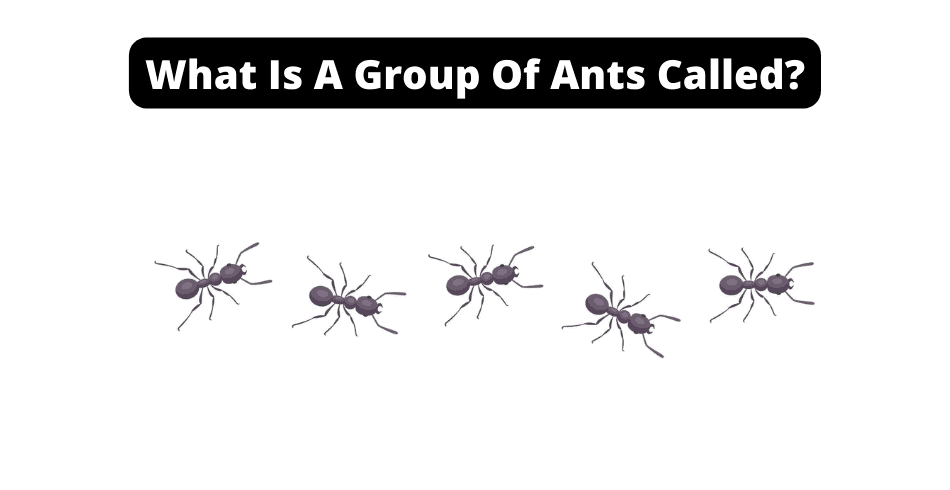No matter what, it seems like ants are always hanging out together. From their homes to on hunts, when you see these tiny little insects crawling around your home or backyard – they’re never alone.
Have you ever wondered what a group of these ants would be called?
It’s kind of complicated and changes based on the activity.
But normally, a group of ants is called a colony.
While that’s the short answer; in this article, we’ll break down each of these; you’ll learn:
- Collective Noun for a Group of Ants
- Do Ants Travel in Groups?
- Do All Ants Travel in Groups?
- How Big Are These Traveling Groups?
- Will Ants Leave Their Friends Behind?
Let’s have a look at different terminologies for these social laborers.
What would be the collective noun of a group of ants?
A group of ants is called a colony, including a reproductive queen (sometimes more than one), a population of workers ants (sterile females), soldiers, and a brood living jointly above or under the ground. Other common collective nouns for ant colonies in English include nest, army, swarm, and ant farm.
An ant nest raised by scientists in a formicarium to study their behavior is known as an ‘ant farm.’
An Ant-farm can also refer to just normally keeping ants for recreational purposes. You can learn about that here in this ant-keeping guide.
Outside of the home and lab, Locations occupied by ants are called nests, and those aboveground are referred to as ant mounds.
The nest can be made of different types of materials, like a perch in wood, soil, and opportunistic nesters.
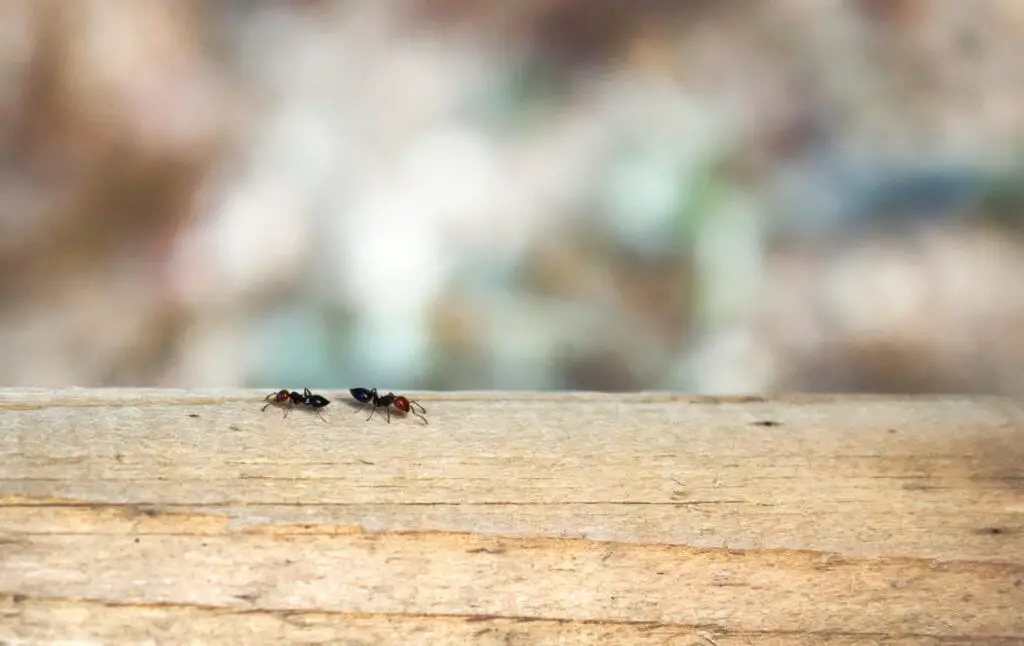
Wood lovers usually go after moist dead wood or wood rotten by fungus, and the second group digs deep into the soil to create their homes.
Opportunistic nesters will make the place their home where the conditions suit them, which sometimes includes your home, bathroom, and kitchen.
All ant nests will have workers usually responsible for foraging for nutrition, feeding other members along with their Queen, and building caves.
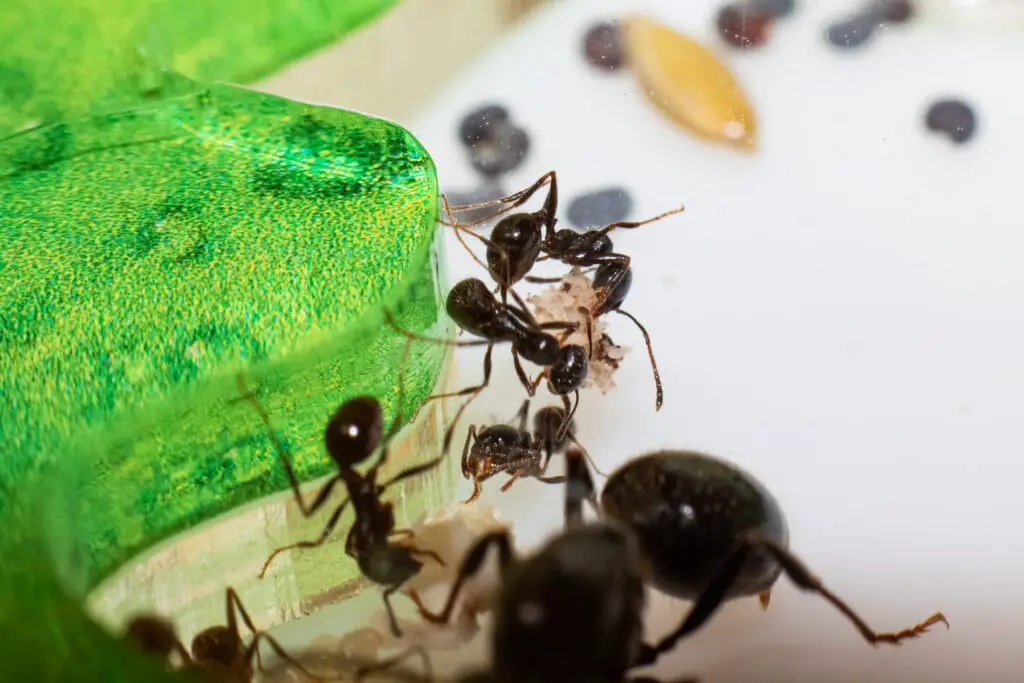
Sometimes worker ants work together, and multiple nests acting in harmony and working cooperatively without showing aggression toward each other are called an army.
In ant’s standard activities, different terms are used to describe them.
For example, when ants are longitudinal, fast-moving, and carrying things, they are called conveyors, and the slow-moving ones are called grid-lock.
If the ants pile up and form a ball-shaped mass, they are called a mass brawl.
Those floating on the surface of a water body are called lifeboats.
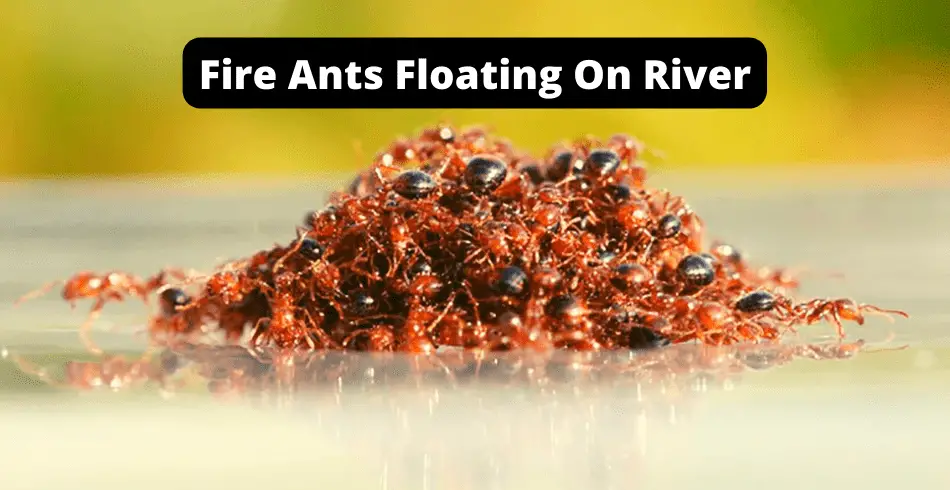
The large-headed guards are known as door ants or bouncers.

Did you Know? – Winged males are known as drones that rise from unfertilized eggs and spend their whole life flying to find a ants to mate with.
Do ants travel in groups?
Ants do travel in large groups, commonly known as colonies or armies. Whether searching for food, inhabiting a new house, or protecting the community, they will do it all by exhibiting strong coordination acting like a single animal or a superorganism.
A community of ants living together may vary in colony size, from a single queen with some male and female laborers to supercolonies having more than a million queen ants.
These supercolonies will contain billions of offspring covering at least a 6000 km land area, which is quite unbelievable. (Source)
For reference, that’s a little bit smaller than the whole size of Puerto Rico.
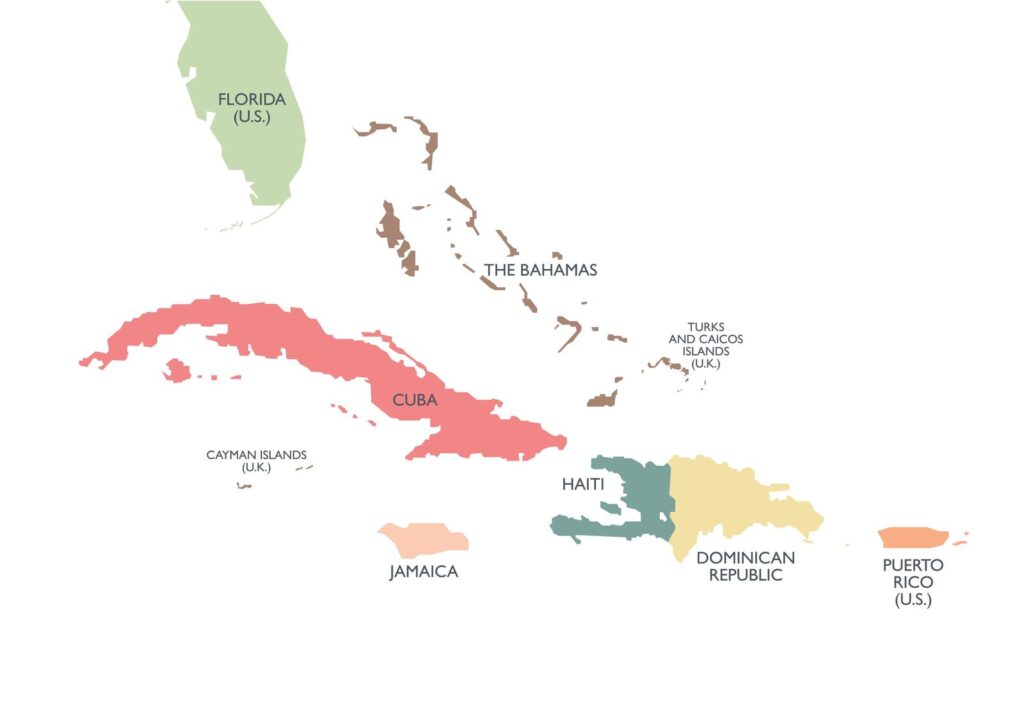
Ants’ ability to work together makes them such an unstoppable force in nature.
When taken to the extremes – like working as a superorganism, they can make many difficult things possible that any small group of ants or colony cannot do.
From evading threats from humans, animals, insects, or other local ants to organizing complex caves, they can overcome basically overcome any obstacle needed for survival.
Do All ants travel in groups?
Not all ants are seen to perform group travel, and we did research that says only 15% of breeds are likely to travel in pairs or groups. This 15% unite when they have to execute bigger tasks like digging, carrying large food pieces, or guarding the community against predators.
You’ve probably seen a winged ant wandering around alone, this ant was probably a queen ant.
This queen ant is on a mating mission.

During their mating season, the young queen ant departs from their nest to search for a mate and a new nesting location.
When she finishes the nuptial flight and site selection, she slowly raises worker ants that help feed and guards the colony.

So all colonies start off alone with a wandering queen but quickly grow into massive colonies with upwards of billions of ants.
Do Ants Need Other Ants To Survive?
During tests, scientists put a single ant in isolation and a bunch of them on a separate farm.
The results showed that the solitary one died after six days of isolation due to improper digestion, while those in a group managed to survive for more than sixty days.
Will ants leave behind others in their group?
Ants will leave others behind when traveling in a group because they don’t realize someone is left behind. They will come to rescue their fellow ants if they’re able to detect their stress hormone/signals. Otherwise, the worker ant will be left alone to die of hunger or get eaten.
If a community member is left behind or gets lost for some reason, the worker has no option but to find her way back home.
If she tries to sneak into any other settlement, she will get attacked and eventually killed because they don’t allow strangers to be a part of their community.
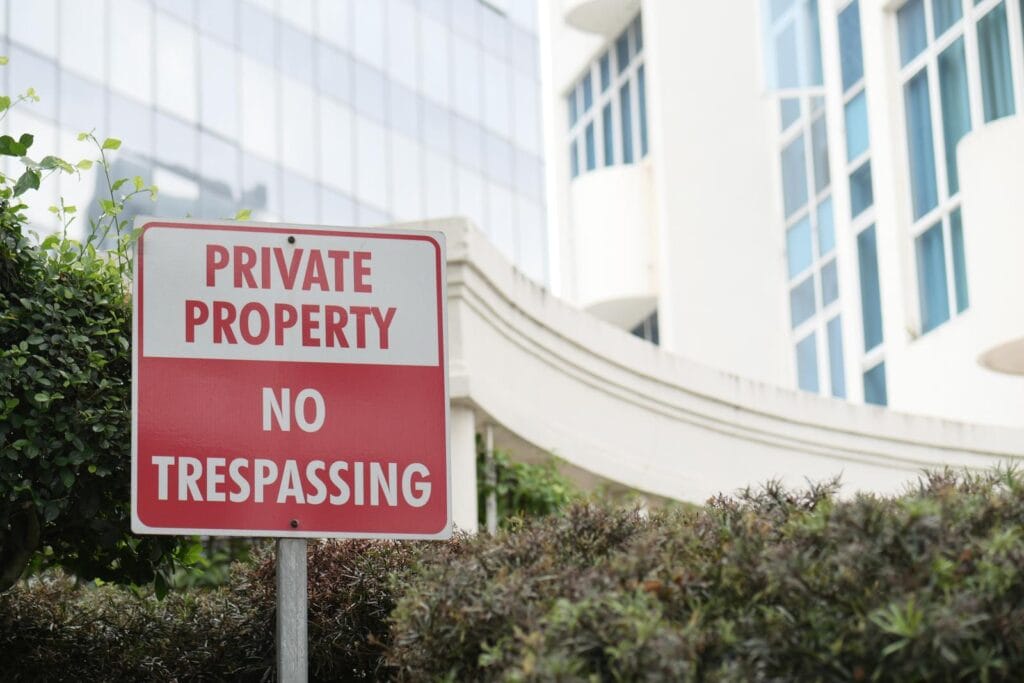
They can detect strangers in the colony through their pheromones, and all colonies have different smells.
That’s not the only place smell is used – These social insects travel in lines following pheromones (aromatic hormones) secreted by other worker ants to forage for meals.

If a pack of foragers gets separated from the central unit and becomes unsuccessful in reuniting, they will continuously form a rotating circle until they die of exhaustion.
This strange phenomenon is known as the “death spiral.”
How big are these groups of traveling ants?
The size of the group of ants depends on their species. Some might have eight to ten foragers with a single queen, while others can contain millions of egg-laying queens with millions of offspring co-existing. To avoid crowding, they often scatter to different territories making interlinked mounds.
The group size plays an essential role by affecting their social structure, defense mechanism, foraging tactics, and other activities.
Argentine ants, the most widespread ant breed globally, can move and extend to thousands of kilometers of land mass.

An average community contains thousands of troops, while supercolonies can collectively bear more than 300 million individuals.
Such territories are identified in Japan, Australia, America, and Southern Europe.
